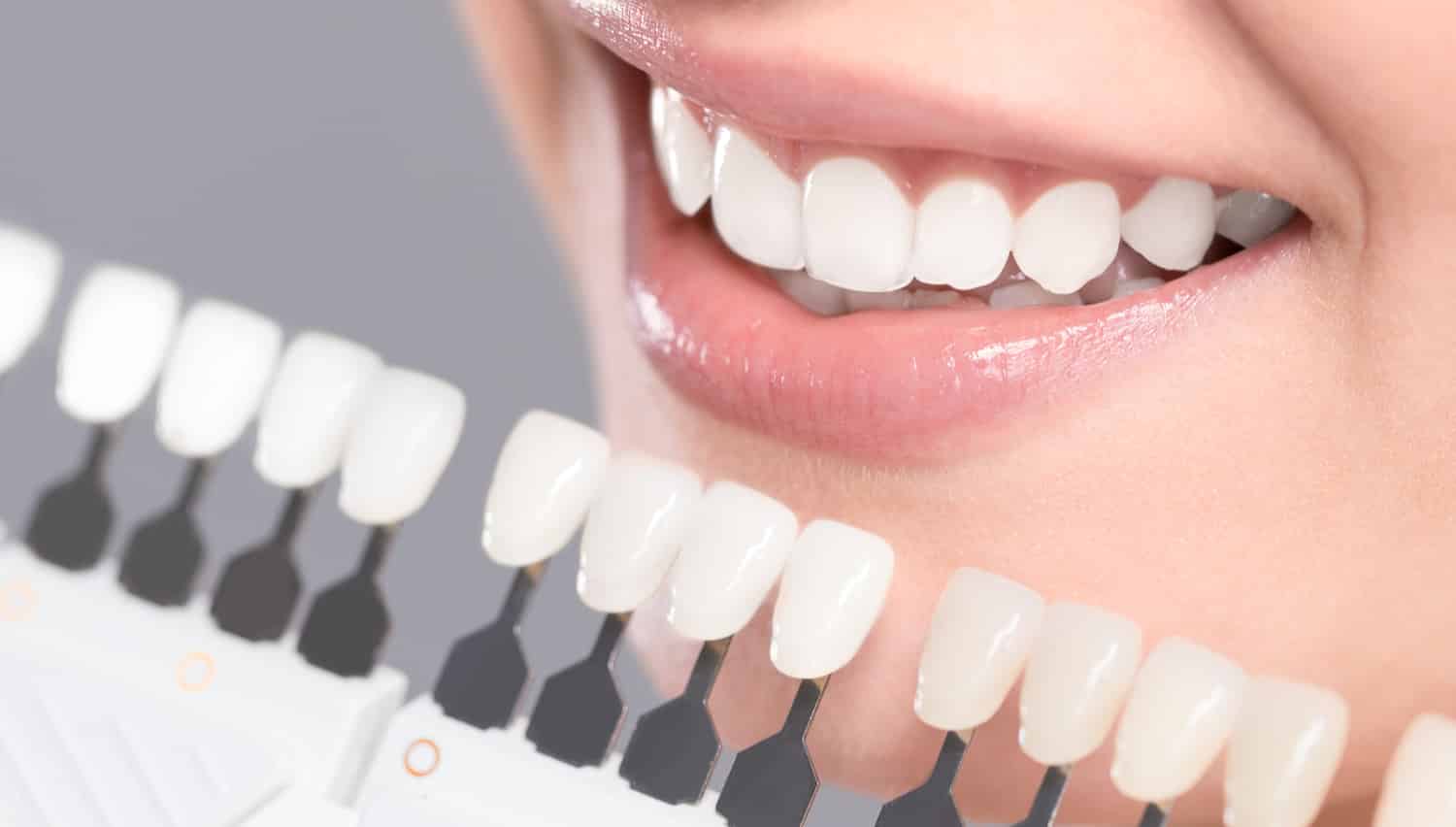Many people seek a brighter smile, and teeth whitening has become a common cosmetic dental procedure. It is a process designed to lighten the color of teeth that have become discolored or stained over time. Understanding the factors that lead to discoloration and how whitening treatments function can provide clarity for those interested in these procedures.
What Causes Teeth Discoloration?
Teeth may become discolored for a variety of reasons, which are typically classified as either extrinsic or intrinsic stains. Extrinsic stains appear on the surface of the tooth enamel, which is the hard, outer layer of your teeth. These stains are often the result of lifestyle and dietary habits. Foods and beverages such as coffee, tea, and red wine can stain tooth enamel, leading to a yellowish or darkened appearance. Tobacco use is another common cause of extrinsic staining.
Intrinsic stains occur within the tooth structure, beneath the enamel. This type of discoloration can be more resistant to change. Causes of intrinsic staining include trauma to a tooth and the use of certain medications. The natural aging process also contributes to discoloration.
What Is Teeth Whitening?
Teeth whitening refers to any process that lightens the color of a tooth. It is a cosmetic dental procedure intended to reduce stains and discoloration, resulting in a brighter appearance. Whitening can be performed through various methods. The primary goal of these procedures is to break down the stains that have accumulated on and within the teeth. The effectiveness of a whitening treatment can depend on the type of staining present. Extrinsic stains are generally more responsive to whitening agents than intrinsic stains. Different methods offer varying concentrations of active ingredients and application techniques, which affect the outcome and treatment time.
How Does It Work?
The majority of teeth whitening products use one of two main active ingredients: hydrogen peroxide or carbamide peroxide. These peroxide-based bleaching agents are effective at lightening the color of teeth. When applied, the peroxide penetrates the enamel and reaches the discolored molecules inside the tooth.
In-office whitening procedures performed by a dentist involve using a higher concentration of peroxide. During this treatment, a protective gel or shield is applied to the gums to protect them from the bleaching agent. The whitening agent is then applied to the teeth. A special light or laser is sometimes used to accelerate the oxidation process, which can provide noticeable results in a single visit.
At-home whitening options can include strips, gels, and trays. These products contain a lower concentration of peroxide compared to in-office treatments. Custom-fitted trays, provided by a dentist, are filled with a whitening gel and worn for a prescribed period each day. Over-the-counter strips or generic trays work in a similar manner but are not customized to an individual’s mouth. These methods typically require consistent use over several days or weeks to achieve the desired results.
Speak to Your Dentist
Before beginning any teeth whitening regimen, it is recommended to have a conversation with your dentist. A dental professional can perform a thorough examination of your teeth and gums to determine the cause of any discoloration and suggest the most appropriate course of action for your specific situation. Your dentist can also provide detailed information about the different whitening options available.


Leave a Reply